The more we learn about the Pulse night club shooting in Orlando, the more apparent it is that law enforcement failed before and during the deadliest Islamic terrorist attack since 9/11, and seems unwilling to learn from the failures of the incident afterward.
Prior to the Columbine High School massacre, the police reaction to a mass shooting was a strategy of containment. First-arriving patrol officers were to set up a perimeter to keep the shooter(s) contained. Specially trained and equipped SWAT officers would then gear up and make entry.
Officers engaged the murderers outside of Columbine, but set containment per existing policies instead of pursuing them into the school. As a result of the failure to close with and take down the killers early in the attack, when police already established numerical superiority, the killers were able to roam the hallways shooting at targets of opportunity and throwing pipe-bombs. They then carried out the brutal massacre in the school library, more than seven minutes after their first brush with the law. They finally stopped killing their hostages in the library out of sheer boredom. They left 44 people alive that they could have easily murdered, and simply walked away. They committed suicide more than a half hour. SWAT teams did not enter the school until another half-hour after that.
The theory of containment proved to be an utter failure at Columbine, and law enforcement shifted to a completely paradigm.
Instead of waiting for SWAT, patrol officers (or deputies) are now trained to engage in small, ad-hoc teams formed from whichever units in various agencies arrive first, or if the event happens where there aren’t other officers nearby, for individual officers to attempt to take down the murderers on their own. This theory has been proven effective numerous times in various active-shooter events.
That’s why it seems odd to many people that Orlando’s SWAT commander thinks that patrol units and SWAT both did a good job in a terrorist attack that saw a lone gay Islamist Democrat create 100 casualties in an attack that unfolded over 3 long hours.
As the FBI continues its investigation of the worst mass shooting in U.S. history, Cornwell and his fellow officers’ early standoff with the shooter — the second of three encounters between law enforcement and Mateen over more than three hours that morning — is being scrutinized by state and federal investigators, along with the other police encounters with the shooter.
Capt. Mark Canty, the Orlando Police Department’s SWAT commander, said that while the incident will be thoroughly reviewed for lessons learned, he believed that everyone “did a good job.”
“That’s the worst part of this. I think we did an outstanding job, but unfortunately people died,” he said.
Chris Cotillo, a former SWAT commander in Prince George’s County, Md., and the current police chief in Seat Pleasant, Md., said that in active shooter situations, officers are now trained to “immediately go in” and “engage the threat.” But in Orlando, he said, the attack presented some unusual quirks. If the shooter stopped firing — and was contained in a bathroom — that would have given officers an opportunity to take stock of the situation, clear out survivors elsewhere in the club and develop a plan.
I’m not a SWAT commander. I’ve never been a police officer. Heck, I didn’t even stay at a Holiday Inn Express last night, but I’m not going to be shy in sharing my opinion that the law enforcement response to this attack was a failure on multiple levels.
Poor Shooting
Despite what most people think, police officers are not, as a general rule, very well trained with their firearms. Officers in most departments do a very limited amount of shooting at stationary targets in their training academies, and then qualify once to several times a year on large, fixed-position stationary targets under generous time constraints. They’re trained as much as the department/city/county liability lawyers deem necessary and no more, because training is very expensive. Agencies that give their officers scenario-based training and force-on-force training are increasing, but that level of training is still all too rare. As a result, officers are only a slight bit better shooters than the untrained criminals they typically encounter. It is as a result of this poor level of training that officers hit what they’re aiming at less than 20% of the time, and most of those hits are at very close range.
We know is that an Orlando Police Department (OPD) officer was providing security at Pulse when the terrorist attack began outside. He drew his duty handgun, and ineffectually engaged the terrorist, making no hits despite firing (according to some accounts) several magazines at the terrorist. The terrorist was then able to enter the club where he did the majority of his killing during the rampage. If this officer had been able to put effective rounds on the terrorist, odds are that he would not have made it inside the club, and if he had made it inside, his capability would have been significantly degraded.
We are also awaiting to hear precisely how many of the hostages were shot by SWAT after they finally breached to building at shortly after 5:00 AM.

Authorities have already admitted that officers created casualties, and crime scene photos conclusively show pockmarks in the exterior of the building when many hostages escaped consistent with long bursts (7+ rounds, bottom right in the photo above) of automatic weapons fire. Only SWAT had automatic weapons.
Failure To Close With And Engage
The statements of Belle Isle police officer Brandon Cornwell, one of the first officers on the scene, shows that that he and a group of 5-6 OPD officers broken through a window and headed into Pulse with their patrol rifles as soon as they could, not waiting for SWAT to arrive, following post-Columbine protocols. But they were then told by police commanders to hold their positions, and not attempt to storm the bathroom where the terrorist had been shooting club goers.
Officer Brandon Cornwell, 25, said the ad-hoc team spent the first seconds in the dimly lit club “trying to locate exactly where the shooter was — we kept hearing people scream and shots fired.”
He and the other officers followed the sounds to the bathroom area, where Mateen was now holed up. But instead of entering the bathroom, the officers aimed their assault rifles toward the area and were told by commanders to hold their position as the sounds of gunfire stopped, according to Cornwell. And so they waited “15 or 20 minutes — could’ve been longer” — until the SWAT team arrived, he said.
This was approximately 2:20-2:25. We sadly know that Eddie Justice and other club goers trapped in the building were still alive at the time…

… they weren’t when the shooting stopped hours later.
Failing To Respect The “Golden Hour”
The human body is often able to absorb tremendous amounts of damage and survive, provided that it can keep blood in the body and air flowing into the lungs. That’s why law enforcement patrol officers are increasingly carrying individual trauma kits consisting of a tourniquet, bandages, and sometimes chest seals. It’s also why kits like the Tactical Medical Solutions ARK have been developed especially to have uninjured people with little to no training help in assisting the wounded during an active shooter incident.
A key component of casualty care is getting people to a trauma center quickly. The faster a patient arrives, the better their chances of survival are. Getting to a trauma center within the first 60 minutes—the “golden hour”—greatly increases the chances of surviving a traumatic injury, whether that is a car crash or a gunshot wound.
If the group of 5-6 OPD officers with Officer Cornwell carried closed with and destroyed the terrorist instead of holding position for 15-20 before withdrawing, and OPD SWAT hadn’t waited three long hours to breach Pulse, I have to think that at least some of the deceased would still be alive today. Sadly, only the medical examiner can tell us how many lives were forfeit to this delayed response by the OPD.
Failing To Learn From International Incidents
We know definitively that the Islamic terrorist was an Islamic terrorist no later than 2:35, well within the “golden hour,” because he called police and told them he was a soldier of the terrorist group ISIS. At that time, Eddie Justice (and presumably many others) were still alive in Pulse.
OPD then treated the incident as a “conventional” hostage standoff at that point, when they should have instead taken his cry of being an ISIS soldier as a cue to assault as quickly as possible before anyone else bled out and before he could set any nasty little surprises.
From the Beslan School Massacre to the Westgate Mall Attack to countless other incidents involving Islamic terrorism in Asia, Europe and Africa we know that stalling to “negotiate” is a tactic typically used by terrorists in order to fortify their positions to cause the maximum amount of casualties among hostages and police.
Officers cannot afford to wait around and see if the particular terrorist in a given incident is a relatively low-skilled terrorist armed only with firearms, or if he is a heavily-trained fighter with munitions that he needs time to emplace to bring the building down on top of hostages as rescuers alike.
There were 49 people who had their lives cut short because of this terror attack and questionable response.
Many of them might still be alive if the police had actually done a “good job” and put this terrorist down within the first seconds or minutes of the attack.


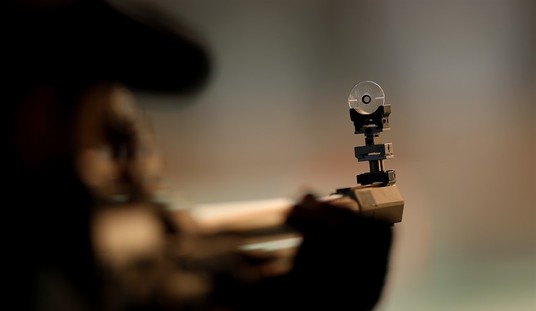
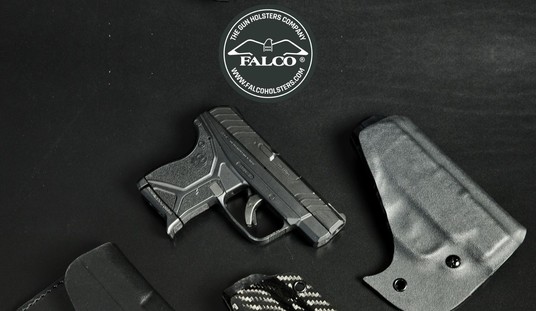
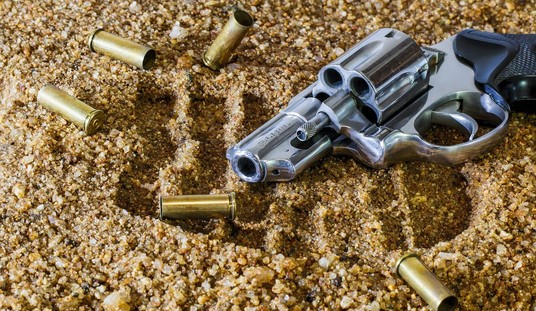
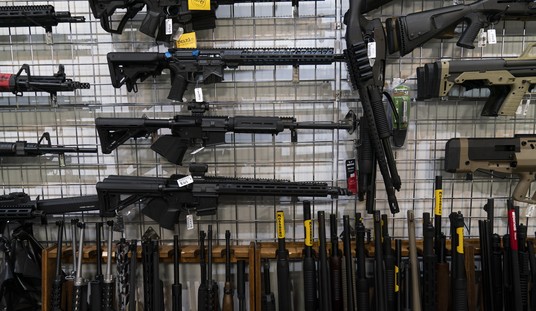


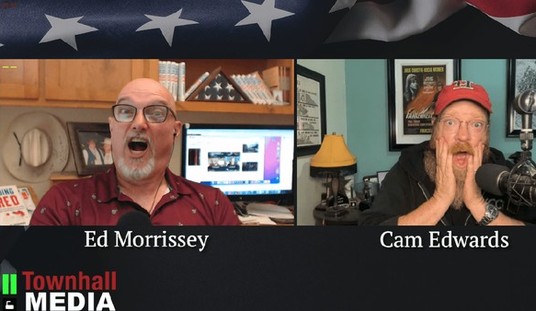
Join the conversation as a VIP Member